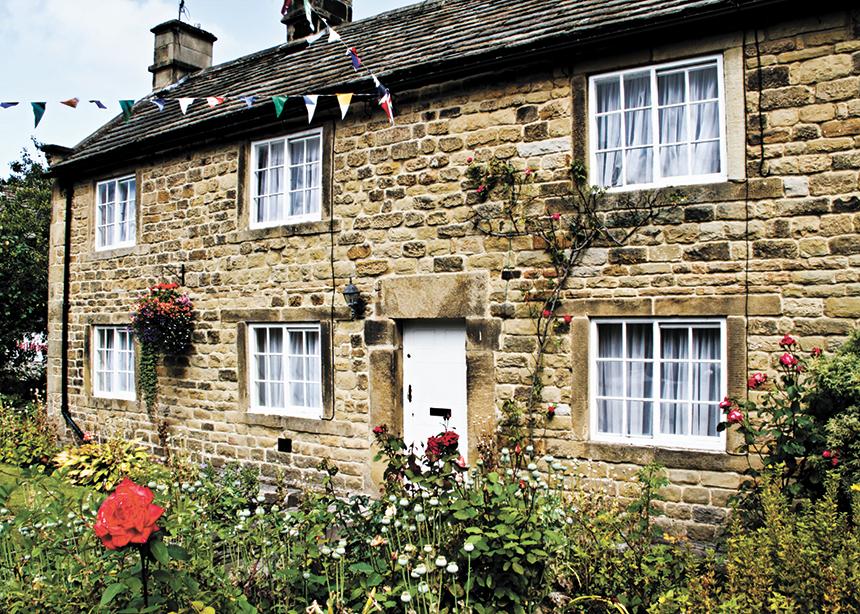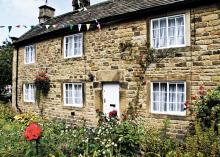I read with great interest the many articles about how different churches are responding to the pandemic and government restrictions. There are many! Because there are many ways for churches to respond both to the pandemic and to the restrictions.
I have divided the various Canadian responses into two broad strands in my mind, although I’d love to discuss this with those who see this differently.
There are the congregations (and ministers) who emphasize God’s command to love our neighbour as ourselves. These congregations strongly encourage wearing masks, physical distancing, and following government restrictions.
There are the congregations (and ministers) who talk about protecting the church from religious discrimination, commenting on who is allowed to be open while churches are prevented from gathering. These congregations are focused on religious freedom in an era that seems overly focused on economic freedom.
Both groups remind me of stories that have touched my heart in this last month.
In my work with Mennonite World Conference I talk regularly with Jeremiah Choi, a Mennonite pastor in Hong Kong. Christians in Hong Kong are very afraid of the new hand of government that is bringing increasing limitations to personal freedom and human rights. They are very worried that the restrictions on the church in mainland China will soon be implemented in Hong Kong. Many Christians are talking about leaving Hong Kong as soon as the pandemic travel restrictions are lifted. As I listen to their fears, I understand a bit more the fears of Canadian congregations who want to make sure our precious religious freedom is protected here in Canada. Let us pray for the Mennonite church in Hong Kong.
Then there is the congregation in Eyam, a village in England in 1666. The bubonic plague entered their village through a delivery of cloth from London. The new Church of England rector and the exiled Puritan minister combined forces to encourage the entire village to quarantine itself. They agreed, in order to protect the surrounding towns and cities. No one went in or out beyond the Boundary Stone. They worshipped outdoors. The dead were not buried in the church’s cemetery but in people’s own fields.
BBC reports, “In just over a year, 260 of the village’s inhabitants, from no fewer than 76 different families, had died. Historians have placed the total population of Eyam at between 350 and 800 before the plague struck” (BBC, Nov. 2016). That is a death rate of 33 percent to 75 percent within the village.
Through author Geraldine Brook’s fictional depiction of the story, I encountered the fear and despair experienced by the inhabitants. But they stuck to their plan until the plague disappeared from within their community, while protecting neighbouring communities.
I remain intrigued by the novel’s title, Year of Wonders. “Annus Mirabilis” is the Latin title of a poem published by John Dryden in 1667. It recounts the year 1666, marked by the plague, the Great Fire of London, and war with the Dutch, as the year God saved England from destruction. Brooks explains the book title as connecting back to God’s words to Moses “Thou shalt do my wonders,” as well as bringing to mind an old hymn, “God moves in a mysterious way[God’s] wonders to perform.”
Year of Wonders. Is that how we will remember 2020? How we tell the story of 2020 will shape our memories, our children and our understanding of God’s presence through the many ways of being the church. As we remember our fears in a challenging year, let us find ways to tell the stories of God’s wonders in 2020.
Arli Klassen works from her Kitchener home for Mennonite World Conference.
Read more The Church Here and There columns:
Going to church
‘You must be a Mennonite!’
‘A little mercy now’
The role of the church today?
Disillusionment and hope




Add new comment
Canadian Mennonite invites comments and encourages constructive discussion about our content. Actual full names (first and last) are required. Comments are moderated and may be edited. They will not appear online until approved and will be posted during business hours. Some comments may be reproduced in print.